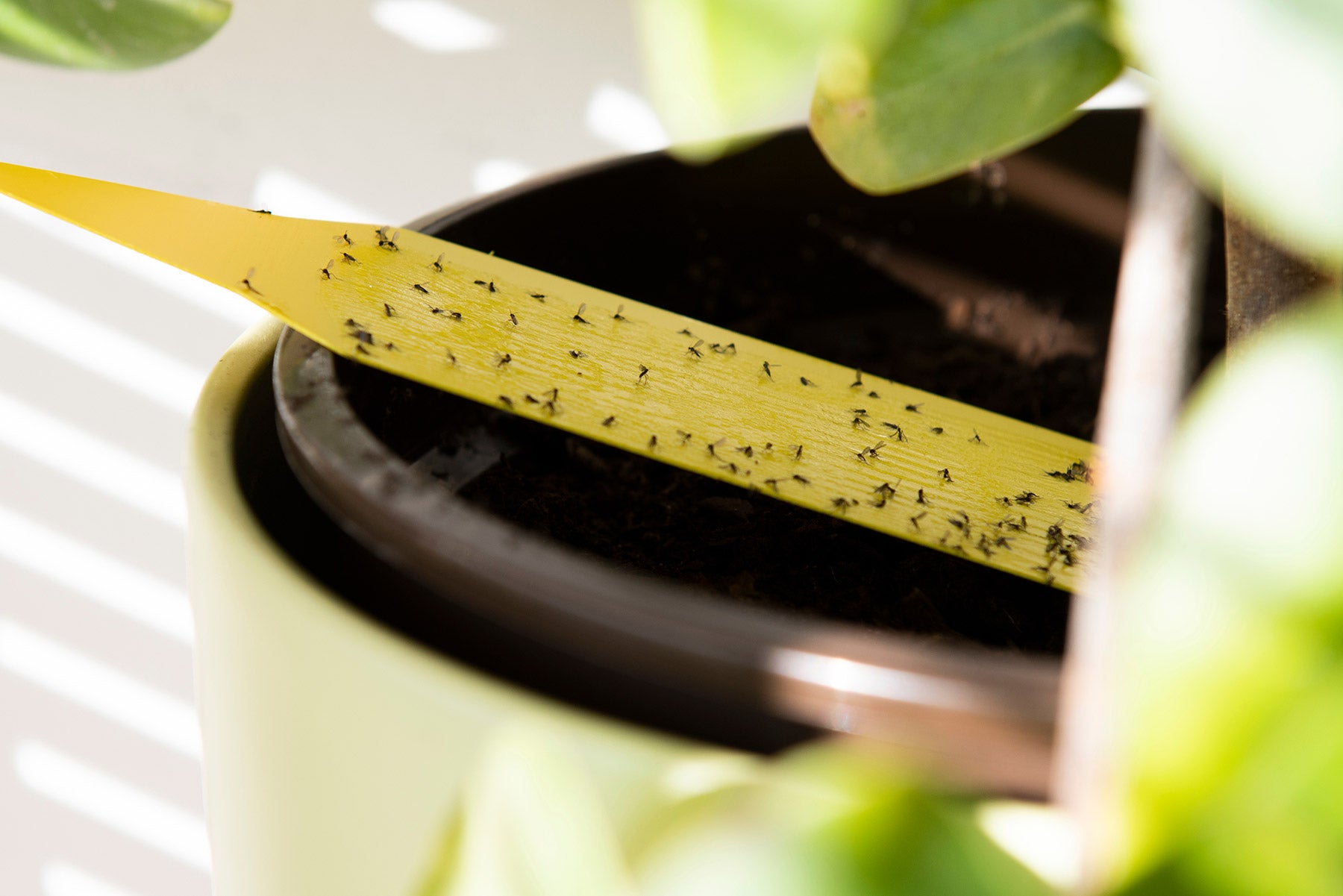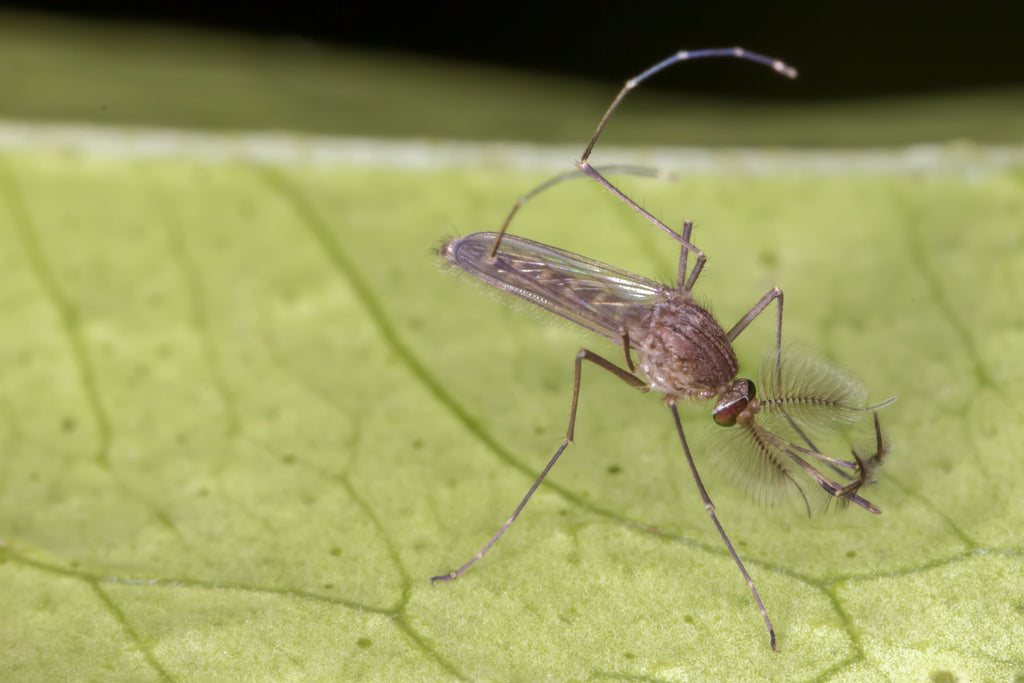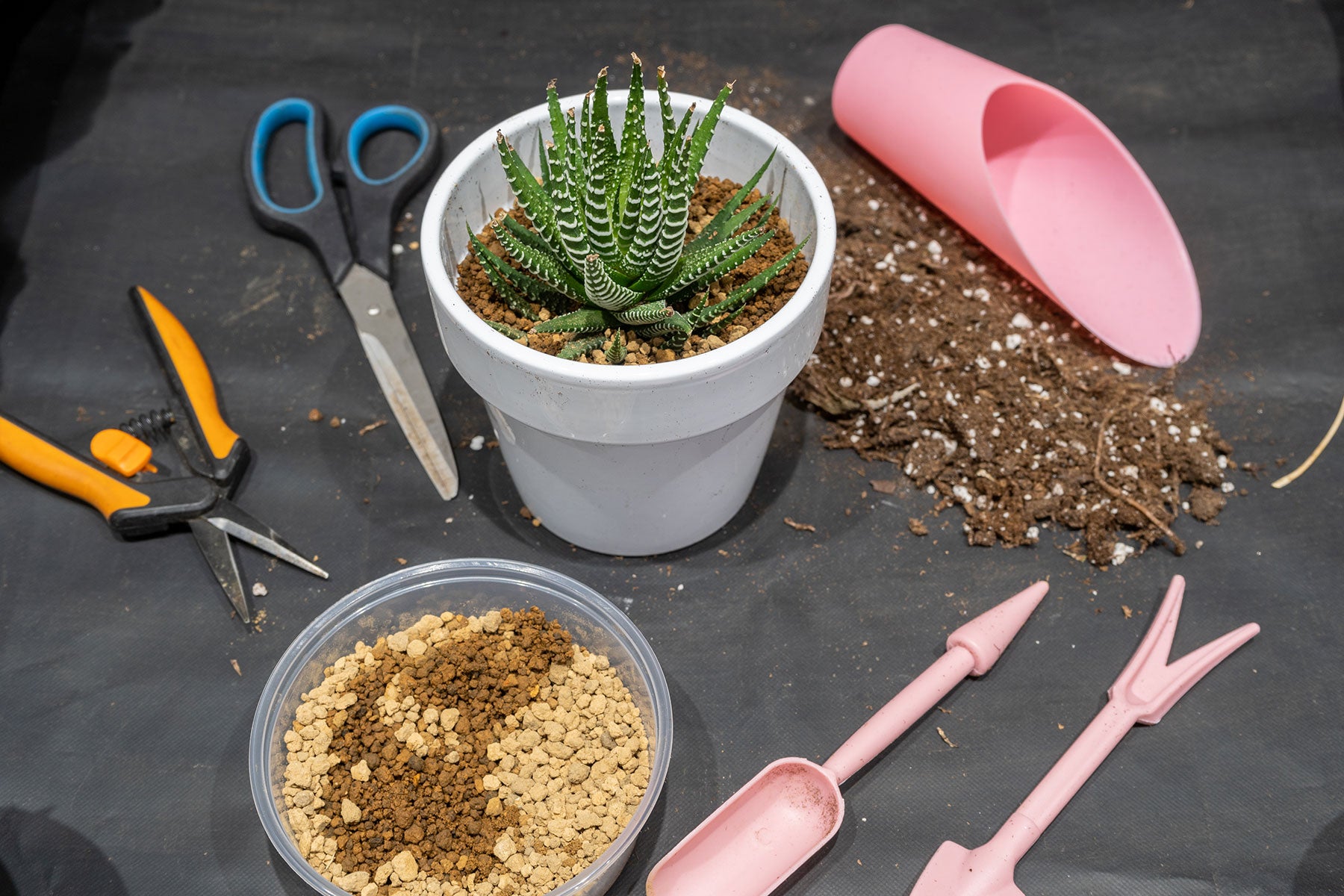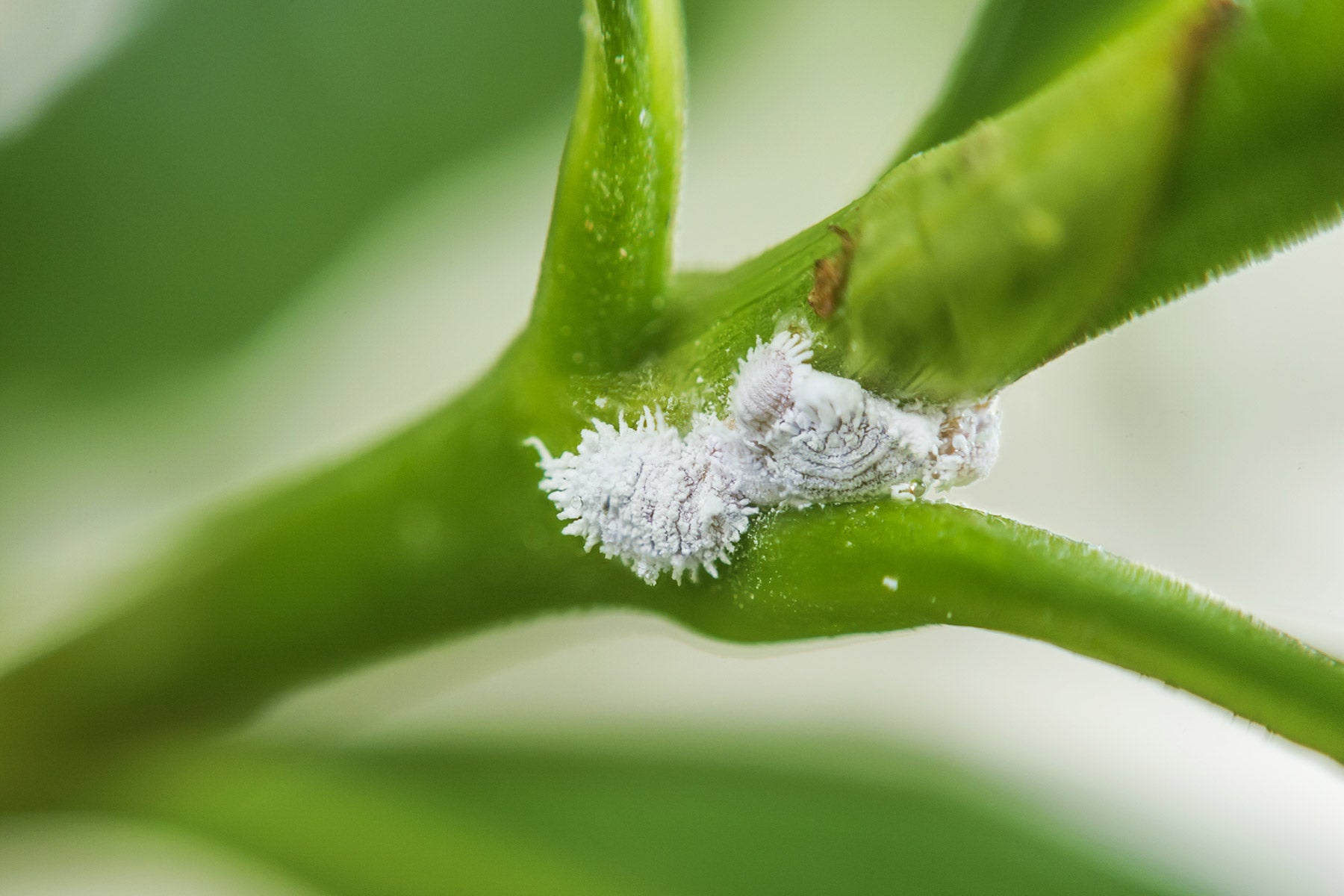
Common Houseplant Pests: How to Deal with Fungus Gnats
Have you ever noticed something that looks and acts like a fruit fly, flying around your beloved houseplants? Or climbing all over the soil? If so, then you have most likely experienced fungus gnats! Along with being very easy to deal with and get rid of, these are probably the most common houseplant pest out there.

Why does My Plant have Pests?
I’ll be straight with you: insects are almost inevitable. Once you introduce nature into your space (that is what plants are after all!), life will run its course. However, there are plenty of ways to deal with each type of potential pest, all you have to do is put in a little time and effort. Also, not every insect will affect every variety of plant necessarily, some are more prone to specific pests compared to others, but I’ve outlined solutions for you to use if or when you come into contact with one of these little nuisances.
In this series, we will talk about some of the most common houseplant pests. It is not an extensive list, I’m sure there are many more pests that are out there, but these are the insects that you will most likely run into at some point in your plant journey. Isolate any plant in your care at the first sight of a potential infestation.
The main ways that houseplants enter our homes are:
- Through open doors and windows (many pests come in through the air and find new homes to live and feed off of i.e. our plants)
- Infested soil (make sure to store your extra soil in airtight containers and check the soil of any new plant you are bringing home)
- New plants (even if you have inspected a new plant, there is always a chance of bugs still residing somewhere in the soil or on the plant. Make sure you isolate any new plant from your other plants for a little while in order to minimize any potential spread)
Something to keep in mind, sometimes a plant is beyond repair if you catch the damage too late, but we’ve provided you with this article in the hopes that you can learn to see the signs before your plant is too far gone! Don’t be discouraged if you’ve lost a plant to pests before, that’s happened to us all, but this will arm you with what you need to know for the future.
What are Fungus Gnats?
Once inside, our dry, Canadian environments provide the perfect breeding ground for gnats. They thrive in dry air and perpetually damp soil, which is where they lay their eggs. In the summer, this is usually not as much of a problem, as the soil dries out faster in the heat and under the warm sun. However, once we reach shorter days and diminished light, if you don’t adjust your watering schedule in alignment with this, fungus gnats will thrive.
How to Get Rid of Fungus Gnats?
Thankfully, gnats are relatively easy to get rid of and there are quite a few elimination methods out there. I’ve prepared a list of different ways you can get rid of fungus gnats below:
Homemade remedy:
Combine apple cider vinegar, a teaspoon of honey, and a little bit of dish soap in a shallow bowl. The sweetness from the honey will attract the gnats while the soap will cause them to stick. I know this is rather morbid but it is effective and easy to make! This will not get rid of the larvae they have laid in the soil so to get rid of these, cut back on your watering. As I said above, fungus gnats thrive in damp soil so when the days grow shorter, reduce your watering.
Interesting fact: fungus gnat larvae live in the top inch of soil, so bottom watering is a more effective method of watering your plants so as to keep the top inch of your soil on the dryer side.
Fly Paper:
Hanging up sticky fly paper around your plants is another easy way to catch the adult gnats in your home.
Soil Covers:
Using another medium to cover the soil, such as a top layer of rocks, sand, or moss, will deter the gnats from laying their eggs in the soil.
Organic Pest Control:
There are plenty of different recipes you can find online, but an insecticidal soap, mild dish soap, or neem oil mix applied to the soil should be effective after a few applications.
Remember, overwatering is your primary enemy when it comes to fungus gnats, so keep an eye on your soil water levels, keeping them on the drier side, and any gnats will not be able to thrive.






